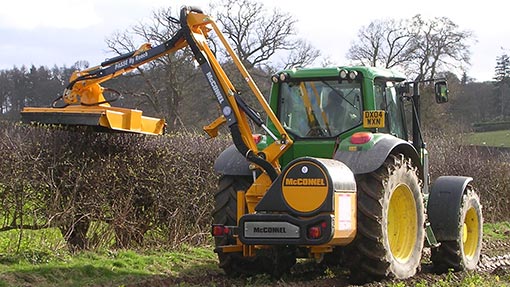Corncrake numbers up but still not safe, expert says

January 10th, 2019
The increase in corncrake numbers in 2018 is a welcome sign but is still well below a safe level for the threatened species, a leading conservationist has warned.
Once commonly recognised by its distinctive rasping call, the corncrake has experienced a significant drop in population this century, putting the species at risk of global extinction.
Population decline in Ireland has largely been linked to intensive farming practices that have destroyed nests in areas of tall vegetation such as hay fields and driven corncrakes from old habitats.
The recently released Corncrake Project Annual Report 2018 from the National Parks and Wildlife Service (NPWS) indicates that 151 calling males were identified during the 2018 breeding season.
Although this is an increase of eight per cent from 2017, the population declined over the previous three years from 230 recorded in 2014.
In addition, the report states that optimal survey conditions throughout the census period in 2018 may have contributed to a higher number of calling males identified.
Fraction of historic numbers
Over 640 hectares of land was used for conservation purposes in 2018 through one of four NPWS and Department of Agriculture (DAFM) schemes, including the Corncrake Grant Scheme.
While praising the work of farmers taking part in the schemes, Padraig Fogarty of the Irish Wildlife Trust told The Green News that the species is still at a “fraction of its historic population”.
Once found in every county in Ireland, the corncrake is now largely found in pockets of Donegal and Connaught as its habitat has largely disappeared from the Irish landscape, Mr Fogarty said.
“We hope that the reformed Common Agricultural Policy can start to reverse this trend,” he added.
Donegal (90 males) remains the national stronghold, followed by the western seaboards of counties Mayo and Galway (59 males combined). Two calling males were also recorded in Templeboy, Co Sligo in 2018.
For the fourth consecutive year, no corncrakes were recorded in the Shannon Callows, once an important breeding area for the species. The population dropped drastically in the early 2000s owing in large part to increased summer flooding, the report states.
Work to create habitats for the species was initiated last year on offshore Donegal islands, with works also planned for 2019 on Inishark in Co. Galway including fencing works and the establishment of grassland and crop cover.
[x_author title=”About the Author”]






